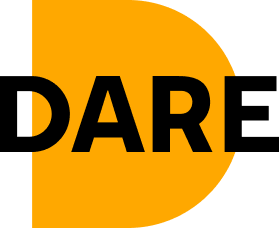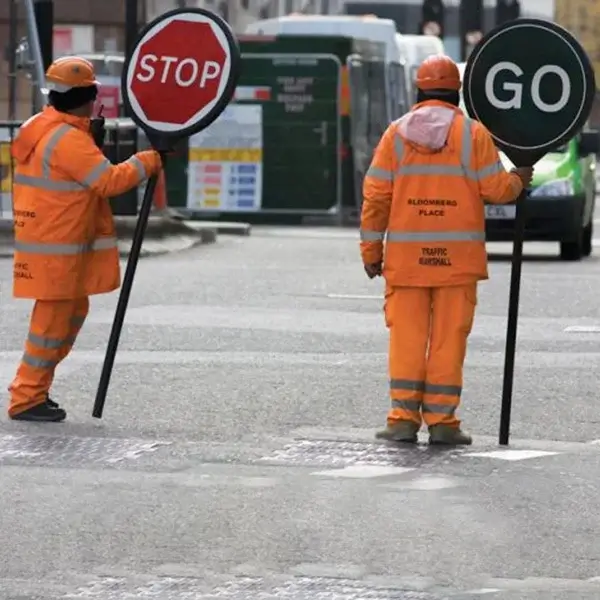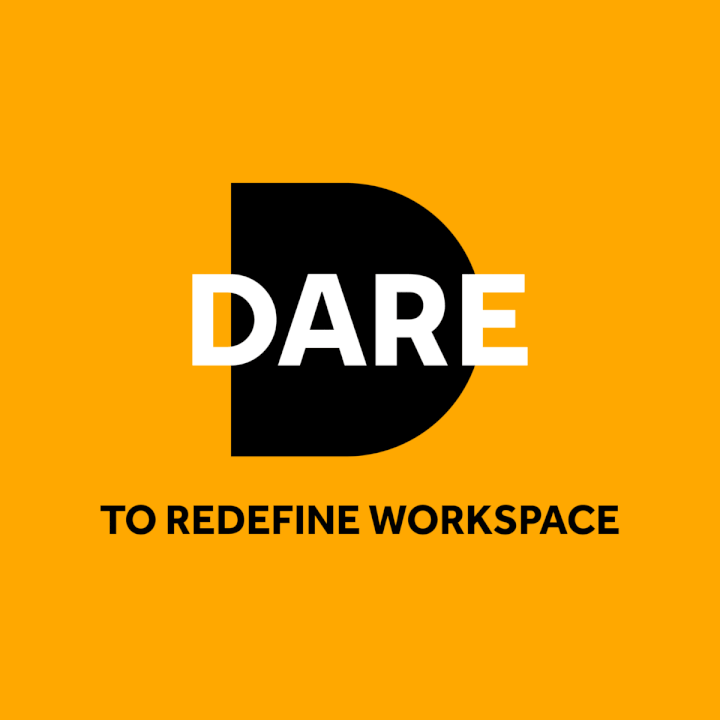As we take further steps towards allowing 100% of the workforce to return to their offices in Singapore many companies are grappling with how to manage employee expectations. This so-called Hybrid working is probably causing many HR professionals sleepless nights. It is a minefield; what policies should we implement, how do we manage and enforce them, how do we keep employees happy and the question a lot of clients are now asking is how do we make employees want to come to the office? Most organisations now feel that they can no longer ask people to come to the office 5 days a week, but feel there must be a clear policy, there must be guidelines or something to control and manage employees effectively while balancing this with giving them freedom and choice, so they feel empowered. I have one big question WHY?
What is the point of a Hybrid work policies? We are starting to now see the emergence of data and studies of behaviour and creative activity during the pandemic. The initial data has indicated an increase in creativity, “Regarding everyday creativity, we observed a significant increase during lockdown. Furthermore, our results suggest that participants with a lower baseline creativity (before lockdown) benefited more from the situation than those with a higher initial baseline creativity”[1]
This along with so many studies that indicate people do not want to go back to the regular pre-pandemic working routines, means that companies are scared by the “Great resignation” worried that if they don’t give employees the flexibility the like they will loose both creativity and talent.
However, many seem to be lost in the woods. If think that by giving people, freedom, choice and flexibility they will be happier, more productive, and more creative. How then do you also think that creating policies to control and manage this freedom, choice and flexibility will succeed? Surely any policy is by nature designed to curtail freedom. So, the very nature of hybrid work polices is contradictory.
Added to this the working environments many organisations are expecting employees to return to are no less confused than the crazy idea of policies to enable freedom by controlling it. Our existing workplaces have not been designed to support freedom, flexibility and choice. Traditionally we have had workplaces where almost all employees get a dedicated desk as the assumption is that most employees are coming to the office to work each day. The pandemic accelerated the trend of flexible working and hybrid working which means that employees no longer come to the office each day. Many companies have responded to “Hybrid Working” with “Hybrid Workplaces” in other words they have taken the opportunity to reduce the amount of office space they occupy and the number of desks they provide so that the number of desks in the space relates more to the number of people in the office everyday rather than the total population of the organisation (Not dissimilar to pre-pandemic agile working offices). This simply does not work, because they have not addressed the fact that with flexible working the reasons people come to the office are different and therefore the spaces, they need are different.
The result being that now when employees come to their “Hybrid” office the spaces they need to use are oversubscribed and unavailable, meanwhile spaces they do not really need are plentiful.
Furthermore, companies are introducing hot desking scenarios with no real data or evidence to support how many desks are actually needed and no consultation with employees on the changes. All this leads to a workforce that may just think it is easier to stay at home or worse still resign because of the feeling that their employer does not value them. A combination of undervalued and disengaged employees can be detrimental to the atmosphere in the office, making it a negative place to be, this downward spiral will impact not only on employees’ sense of self-worth and achievement but also the business.
Making changes to the way a workplace operates, especially the removal of “owned space” i.e., a desk, can have an impact on productivity, creativity and especially loyalty. If this is done without consultation or engagement with employees prior to the change, there is simply no way to manage this change that will not result in employee disengagement. There are things that companies can do to reduce the disengagement and enable employees to enjoy the return to the workplace here are some simple steps that they can take:
- Engage with employees to understand how they will adapt to hybrid working and what they will need most in the office when they are spending time there.
- Instead of just cutting space and offering employees pre pandemic office space that is simply smaller, invest some of the real estate savings being made to redesign the office so it reflects what people really need in a workplace.
- Think beyond the physical workplace, or at least stop thinking hybrid and think more about a unified “Phygital” experience that narrows the gap between the remote working and office working experiences.
- Unless absolutely necessary reduce or remove totally any rigid policies this will allow people to adapt to a working pattern that best suits them and the work that they are doing.
[1] COVID-19: A Boon or a Bane for Creativity? Maxence Mercier1*†, Florent Vinchon1†, Nicolas Pichot2,3†, Eric Bonetto2,3,4†, Nathalie Bonnardel2,3†, Fabien Girandola3,4† and Todd Lubart1†1Université de Paris and Univ Gustave Eiffel, LaPEA, Boulogne-Billancourt, France2Aix-Marseille University, Center for Research on the Psychology of Cognition, Language and Emotion, Marseille, France3Institute of Creativity and Innovation of Aix-Marseille, Marseille, France 4Laboratoire de Psychologie Sociale, Aix-Marseille University, Marseille, France





